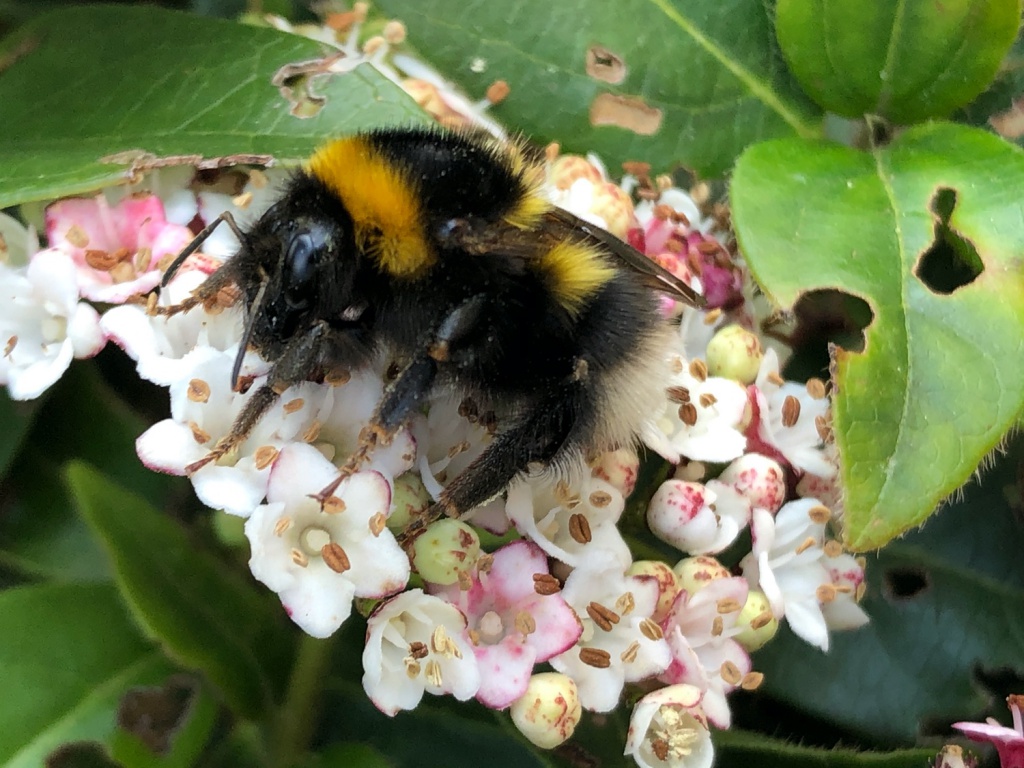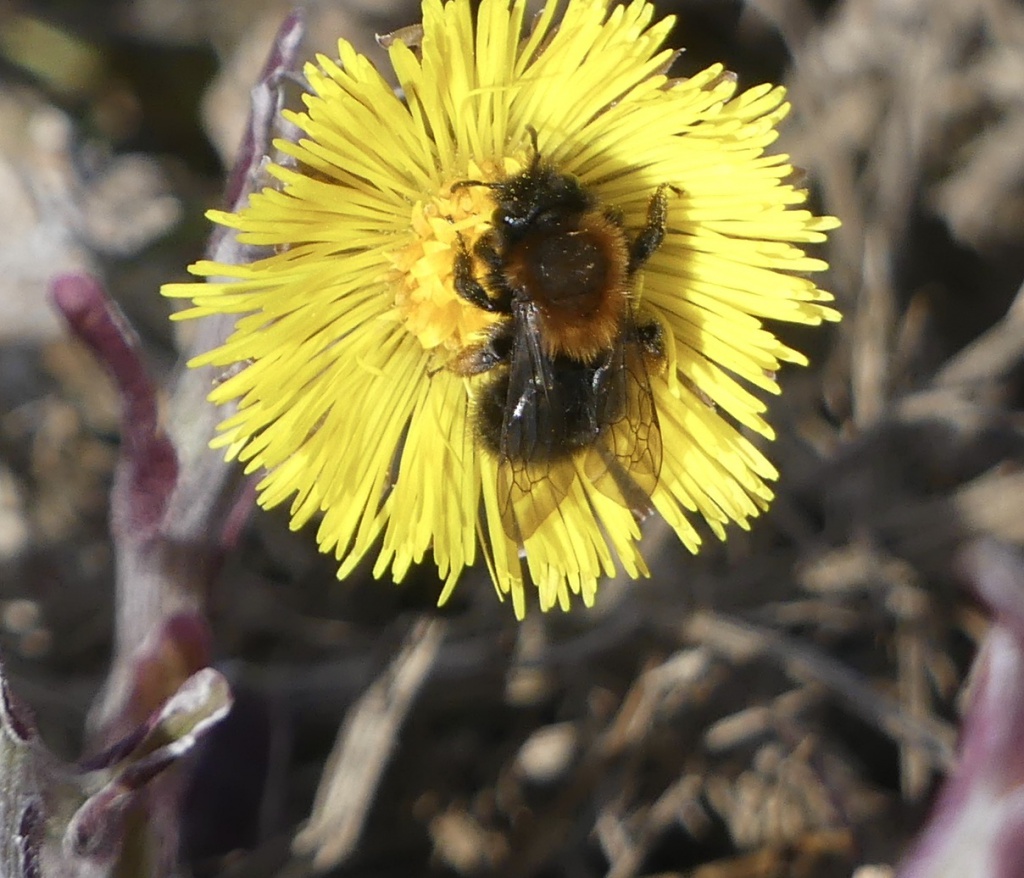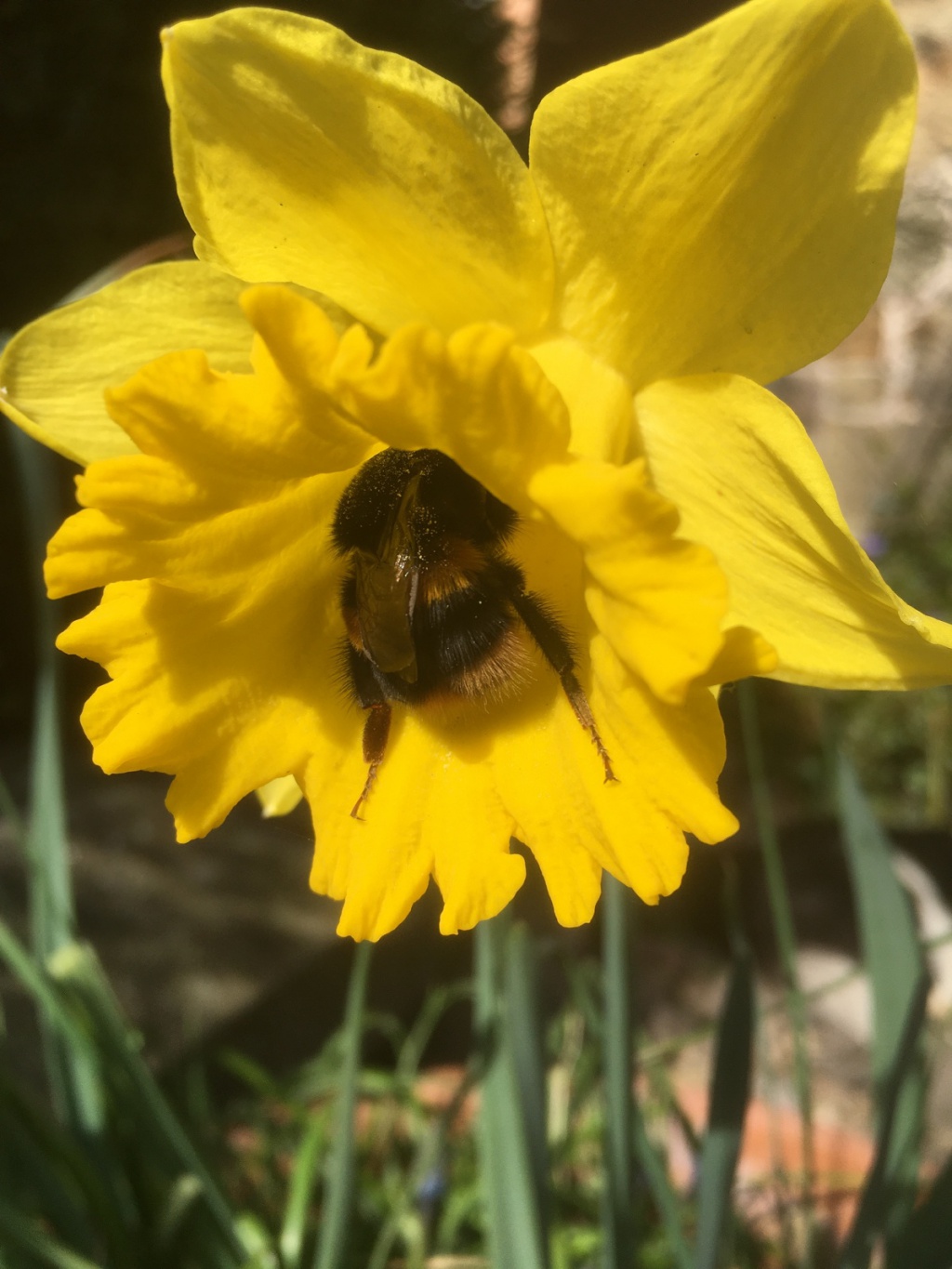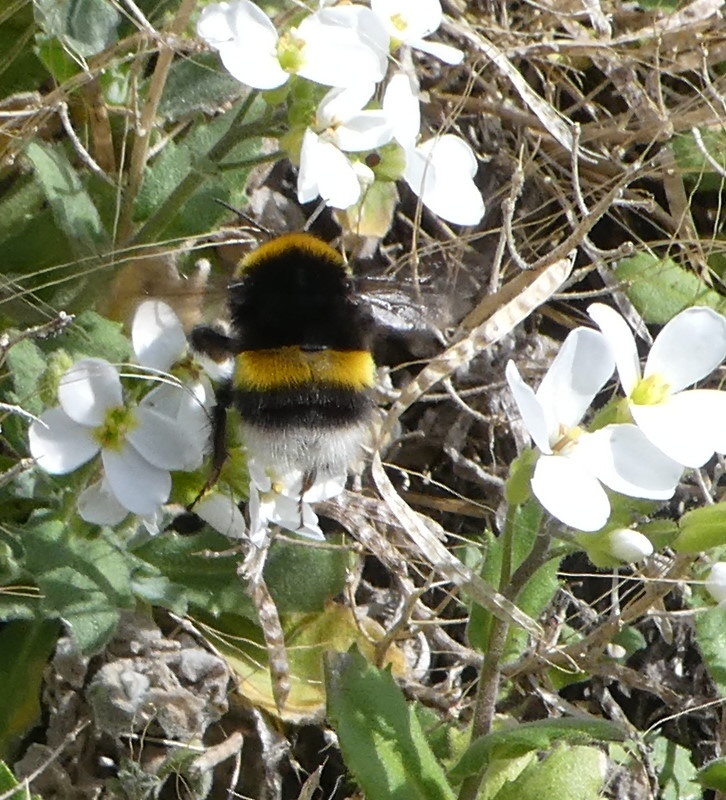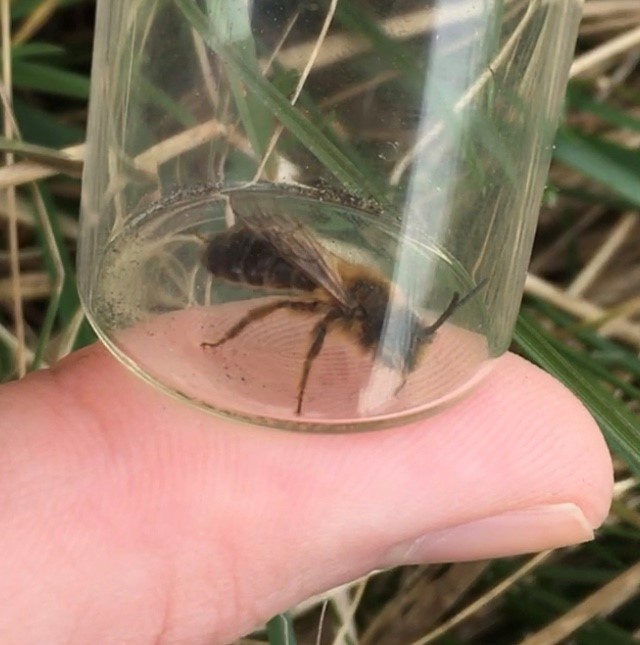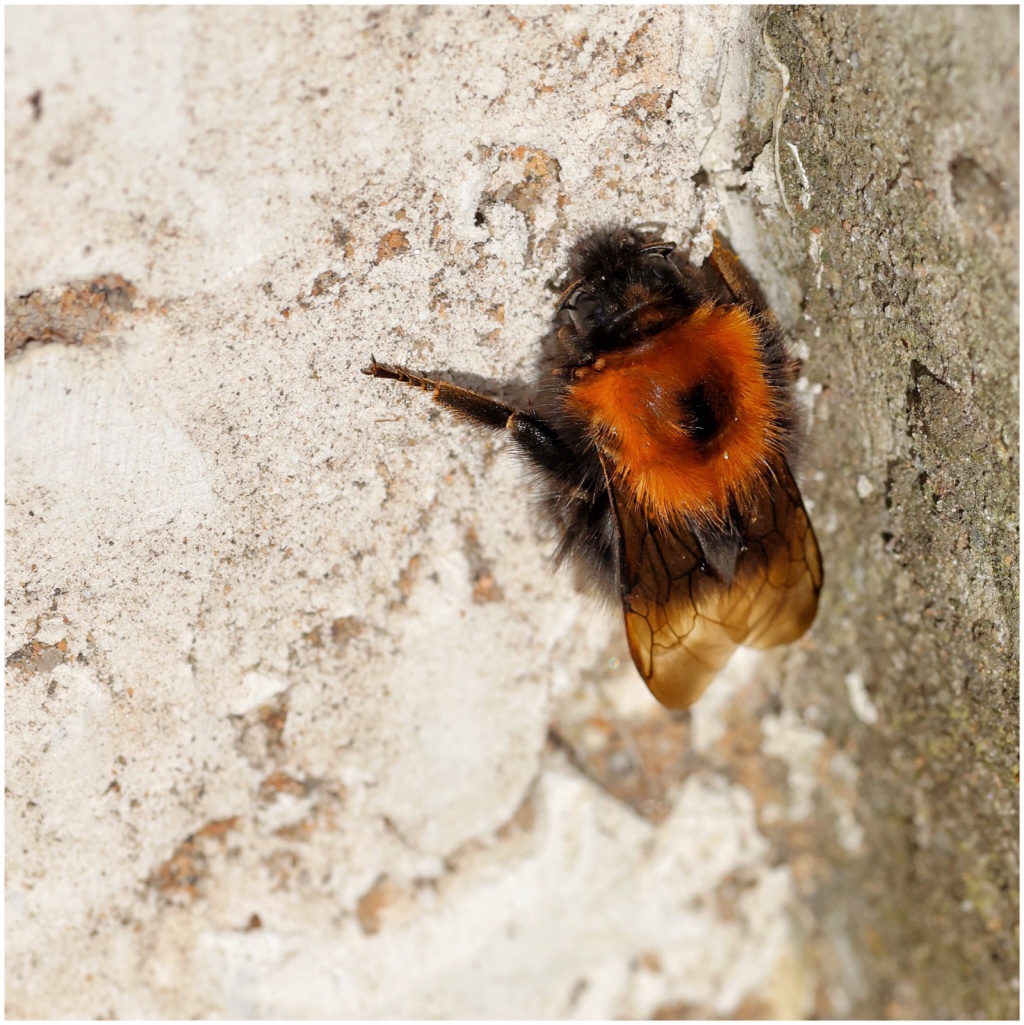NHSN Conservation Officer, Charlotte Rankin, examines your finds and observations made in week one of the North East Bee Hunt.
While it is still early in the bee season, your North East Bee Hunt records have captured the first of spring bee activity across the North East. During the first week of the Bee Hunt, 134 records of 16 bee species have been submitted. Queen bumblebees are out in force and the first spring solitary bees are beginning to emerge. Thank you for your records so far!
Bumblebees
Eight bumblebee species, including three of the four target species, have been observed. Of these, queen Buff-tailed Bumblebees (Bombus terrestris) and Tree Bumblebees (Bombus hypnorum) have been recorded most frequently, with Red-tailed Bumblebee (Bombus lapidarius) and Garden Bumblebee (Bombus hortorum) close behind. A particular highlight is a sighting of a queen Heath Bumblebee (Bombus jonellus), a widespread but less common bumblebee in the region, and is often found on Willow at this time of year.
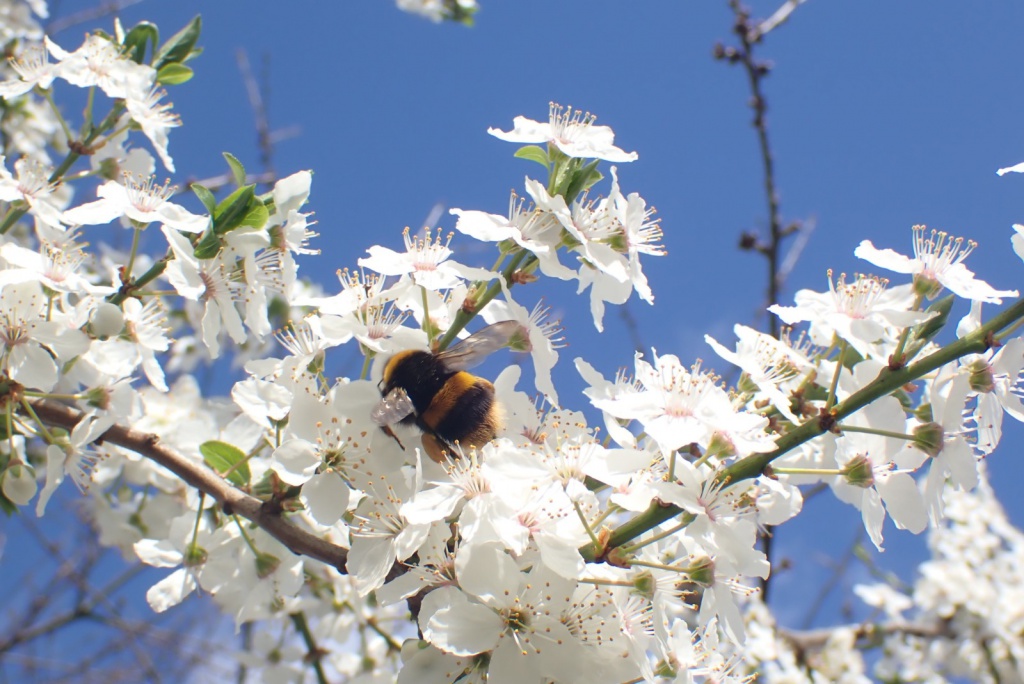
At this time of year, queen bumblebees are emerging from hibernation and are in the early stages of nest establishment. Having spent six or seven months underground, their first port of call is to find a source of nectar and pollen. Early-flowering plants, such as Willow, Dandelion, Colt’s-foot and garden plants, are lifelines for insects early in the season. You may also find queens sluggish on the ground; the best thing to do is to pop them on a nearby flower.
You will likely see queens flying low over the ground in a zig-zag motion and inspecting nooks and crannies. This is characteristic nest-searching behaviour by queen bumblebees. Once a queen has settled on a place to nest, she will start to lay eggs, and in a month or so, you may start to observe the first worker bumblebees of the year. The first workers are often very small as less food was available during their development.
Solitary bees
You have also observed activities of the first spring solitary bees. During the first week of the Bee Hunt, five solitary bee species have been sighted. Clarke’s Mining Bee (Andrena clarkella) and its nest cuckoo, the Early Nomad (Nomada leucophthalma), have been observed. Clarke’s Mining Bee is a small spring-flying bee that depends entirely on Willow as a pollen source. It is one of the first solitary bees to be found in the year alongside Gwynne’s Mining Bee (Andrena bicolor) and the Hairy-footed Flower Bee (Anthophora plumipes). These species have also been observed during the first week of the Bee Hunt.
A particular highlight is sightings of the rarer Hairy-footed Flower Bee. Bumblebee-like in appearance, you can find this long-tongued bee zipping around tubular flowers, such as Flowering Currant, Primrose and Grape Hyacinth, and nesting in walls. In the North East, this solitary bee is largely confined to Alnwick and surrounds. However, your records are shedding new light on this species’ whereabouts in the region. Bee Hunt records further out along the coast and in Morpeth suggest it is more widespread than current records suggest.
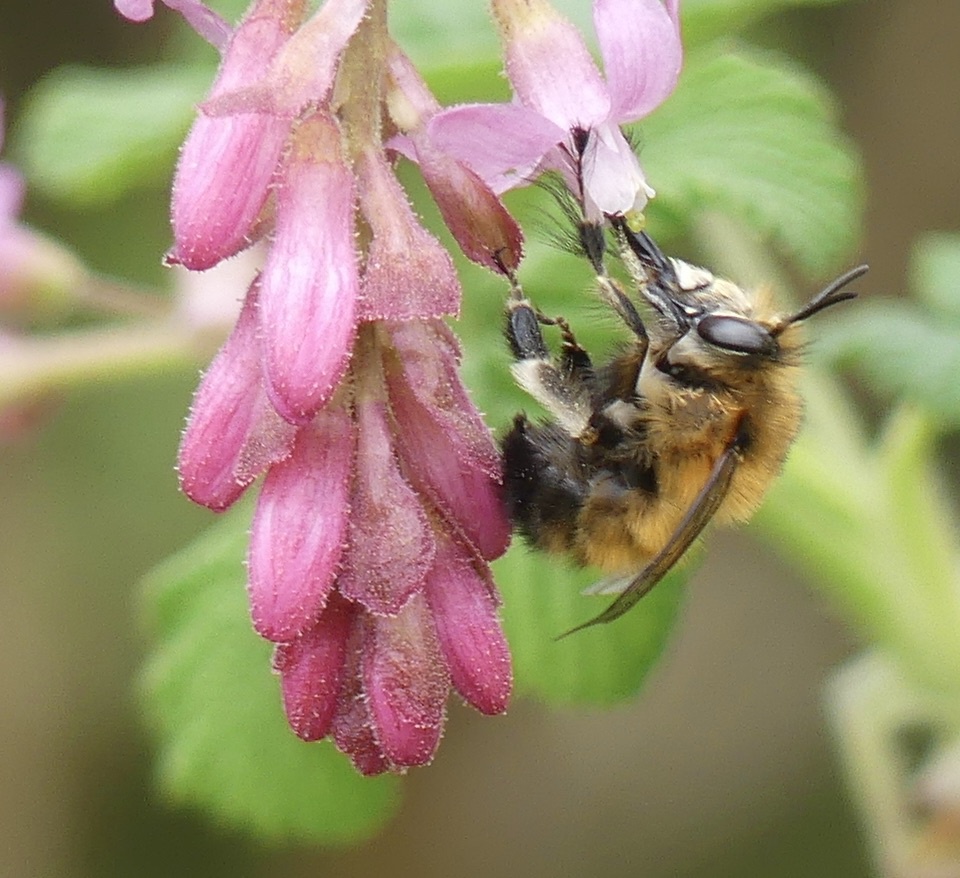
As a spring-flying species, now is the perfect time to look out for Hairy-footed Flower Bees and add to our knowledge of this species in the region. You can find out more about this bee and its identification here.
Of the target solitary bees, the Tawny Mining Bee (Andrena fulva) has been observed. This bee commonly found in parks and gardens where it nests in short-vegetated ground such as lawns. Females are one of our most distinctive bees with dense, fox-coloured coats. As this species is fairly large for a solitary bee, it often digs up a lot of spoil to form distinctive volcano-like turrets around the nest entrance. Both the spring-flying Ashy Mining Bee (Andrena cineraria) and Red Mason Bee (Osmia bicornis) will also be on the wing over the next few weeks. You can view their species profiles to help you identify these target solitary bee species.
Two of the target bee species, the Red-tailed Cuckoo Bee and the Fork-tailed Flower Bee, do not make an appearance until May. In the meantime, there is plenty of observations to be made with spring bees!
North East bees spotted this week
Join the North East Bee Hunt
From the Tees to the Tweed, urban or rural, your bee records can really make a difference for these iconic insects. There is still much to learn about the North East’s bees and your records can really help to plug gaps and add to our knowledge. Please do share your bees sightings with us on social media using the hashtag #NorthEastBeeHunt and submit your records through the Bee Hunt recording form.
